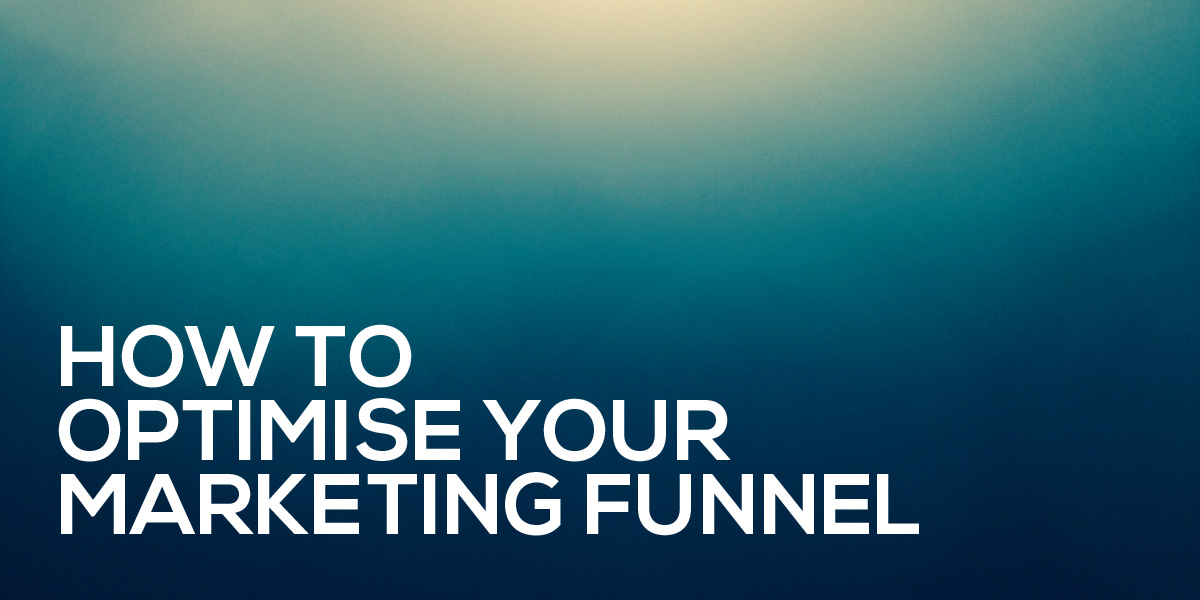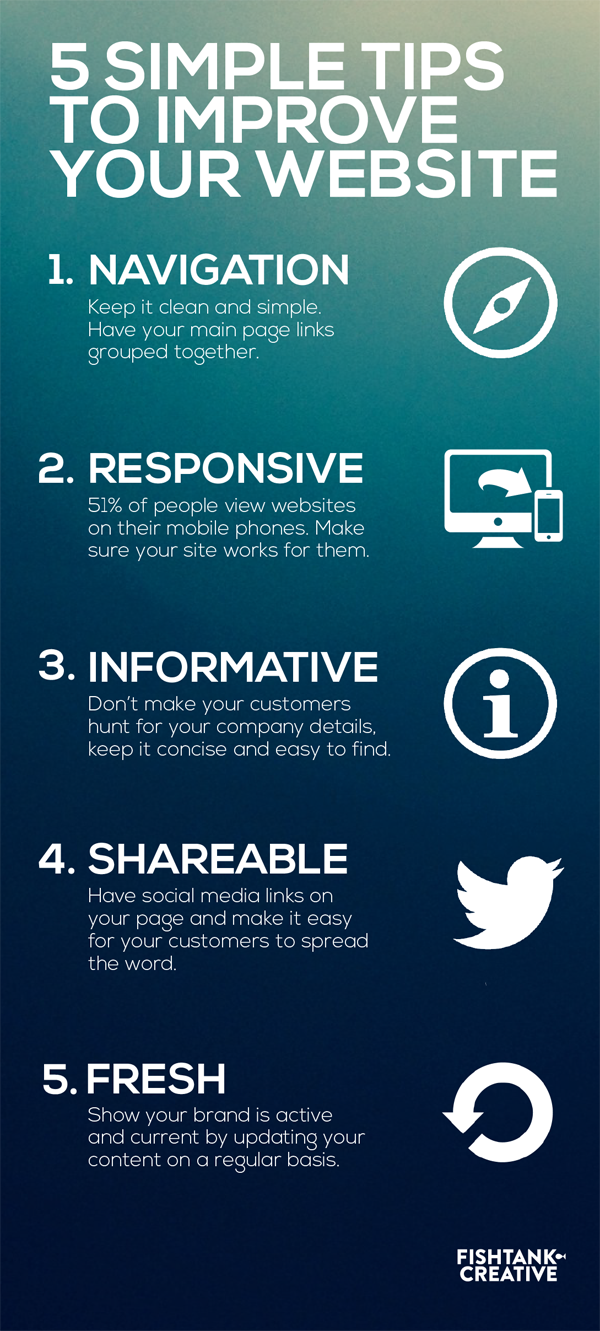
The concept of a marketing funnel can be used to visualise the journey that consumers take from the initial point of contact with your brand to the eventual decision to purchase. Most people engaged by initial marketing efforts won’t go on to make a purchase – they’ll get trapped around edges of the funnel at some point, restricting them from making their way through. Only a small number of consumers will make it through the narrow part at the bottom of the funnel, after they’ve made a purchase.
The good news is that focusing on certain stages of the customer’s journey can give your customers the push they need to glide straight through. Here are the phases your customers will travel through on a successful funnel journey:
Attracting awareness
An optimised marketing funnel will have a wide entry point, effectively capturing the awareness of greater numbers of customers –the more customers that know about your brand, the better chance they’ll have of buying your product. To do this, you’ll need to make Search Engine Optimisation your best friend, getting very familiar with the tactics used to increase your search rankings – the higher your organic ranking, the more clicks you will get and the more exposure consumers will have to your brand. The key words used in blog content can positively affect SEO, while opening the brand to referral traffic. Combine these efforts and you’ll be leading customers to your virtual doorstep in no time!
Generating leads through interest
Once the consumer knows who a brand is, capturing their interest right away is essential for them to move onto the next phase of the funnel. Make sure your website is clear about your offering, what differentiates you from the rest and why consumers should be interested in what you have to offer them. At this stage, customers who aren’t interested will drop off pretty quickly, leaving behind the interested ones as potential leads for the business.
It’s important to remember that just having an interested customer is not enough – they’ll need to be transformed into a lead, or physical sales contact before they can make it through to the next phase. This is where a lead-optimised website is just as important to the customers’ journey as aesthetic design, function or even content. So, how do you turn your website into a lead generating machine?
- Give customers lots of options to contact your business via phone, email or social media – a loud but also tasteful call to action.
- Content, content, content! Create engaging, helpful and consistent blog posts that show you know really know what you’re talking about. This will make users want to sign up for your newsletter. Boom! Lead generated.
Positive evaluation of the brand and product
Consumers will shop around a little bit more before making their decision about your brand, its campaigns, social media, case studies, content marketing, email and newsletters. It’s here that consumers weigh up all the products in their consideration set and make a decision based on perceived value and quality. At this point, if they have any doubts about your brand, the customer will get stuck in the funnel and probably decide to go with someone else. If they like the personality of your brand, not just for the price or specifications of your product, you’ll have a loyal customer on your hands. They’ll glide straight through your funnel.
Commitment
At this point, your customer needs to commit – whether that’s signing a contract or getting out their credit card. It’s essential to make the purchase decision as easy and pain-free as possible here, otherwise they’ll put off their purchase decision and risk getting stuck at the end of your funnel. This is where sales efforts, like trials and demonstrations come in, to make your product or service seem irresistible to the point where they have to have it, immediately.
Sale
Success! The consumer finally makes it through the marketing funnel and the sale has been finalised.
We can optimise your marketing funnel, contact us today.








